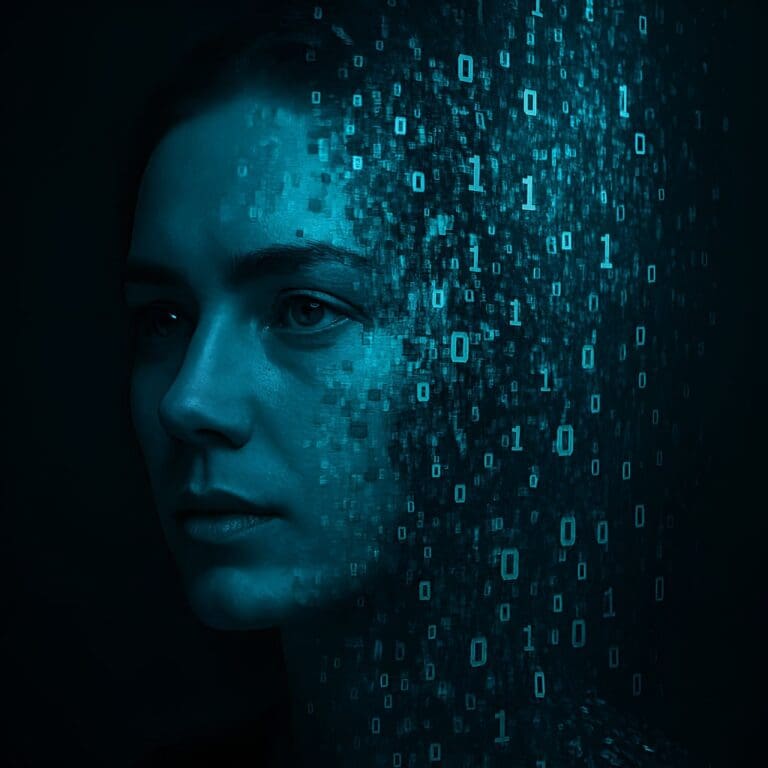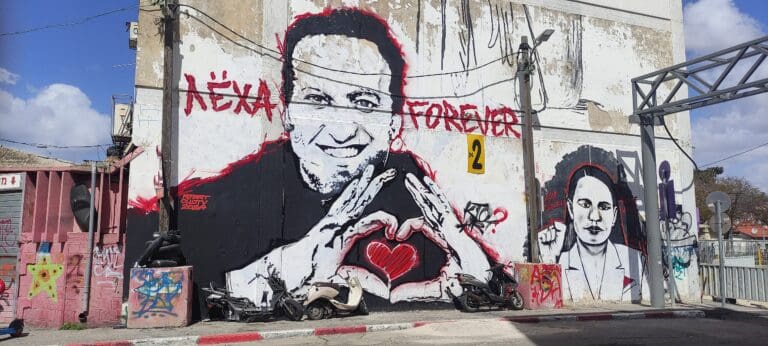Cultural Resonance: How Identity Shapes the Way We Learn
Share to Social Media
Cultural Resonance: How Identity Shapes the Way We Learn
There are moments in life when the world suddenly opens. A dinner table conversation where two languages weave together like threads in a tapestry. A child’s drawing of the sun — not yellow, but purple, because that’s how it looks from her grandmother’s village. In such moments, something deeper reveals itself: a cultural resonance shaping how we think, feel, and learn.
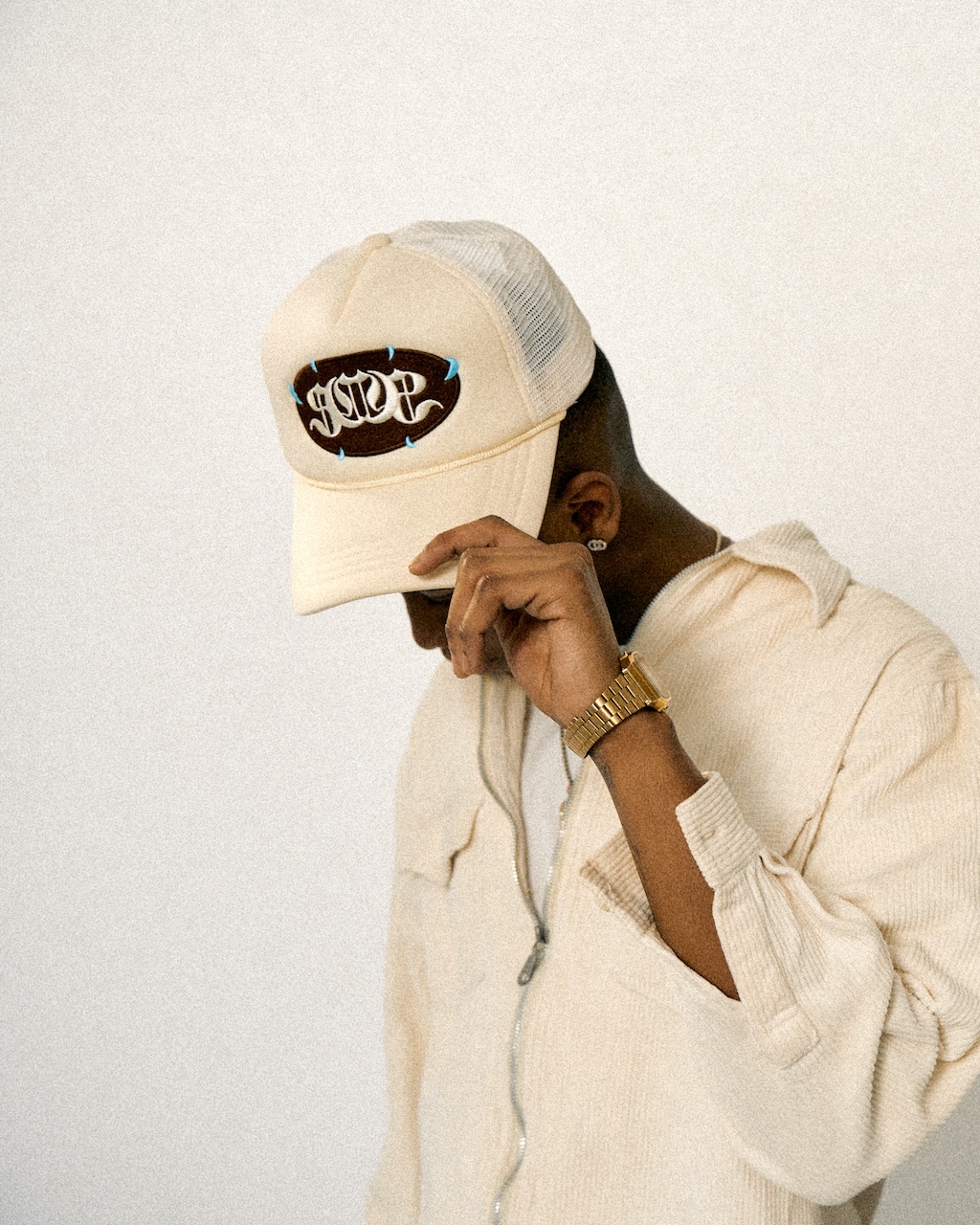
Culture is not merely rituals and songs. It is a system of mental tools — scaffolding that helps us navigate the world. Over the past few decades, research has shown that cultural interaction doesn’t just broaden our horizons; it strengthens cognition and social understanding. American cultural psychologist Michael Cole once described it as “cognitive architecture” — not built from steel and concrete, but from stories, symbols, and social rhythms (Cole & Packer, 2018).
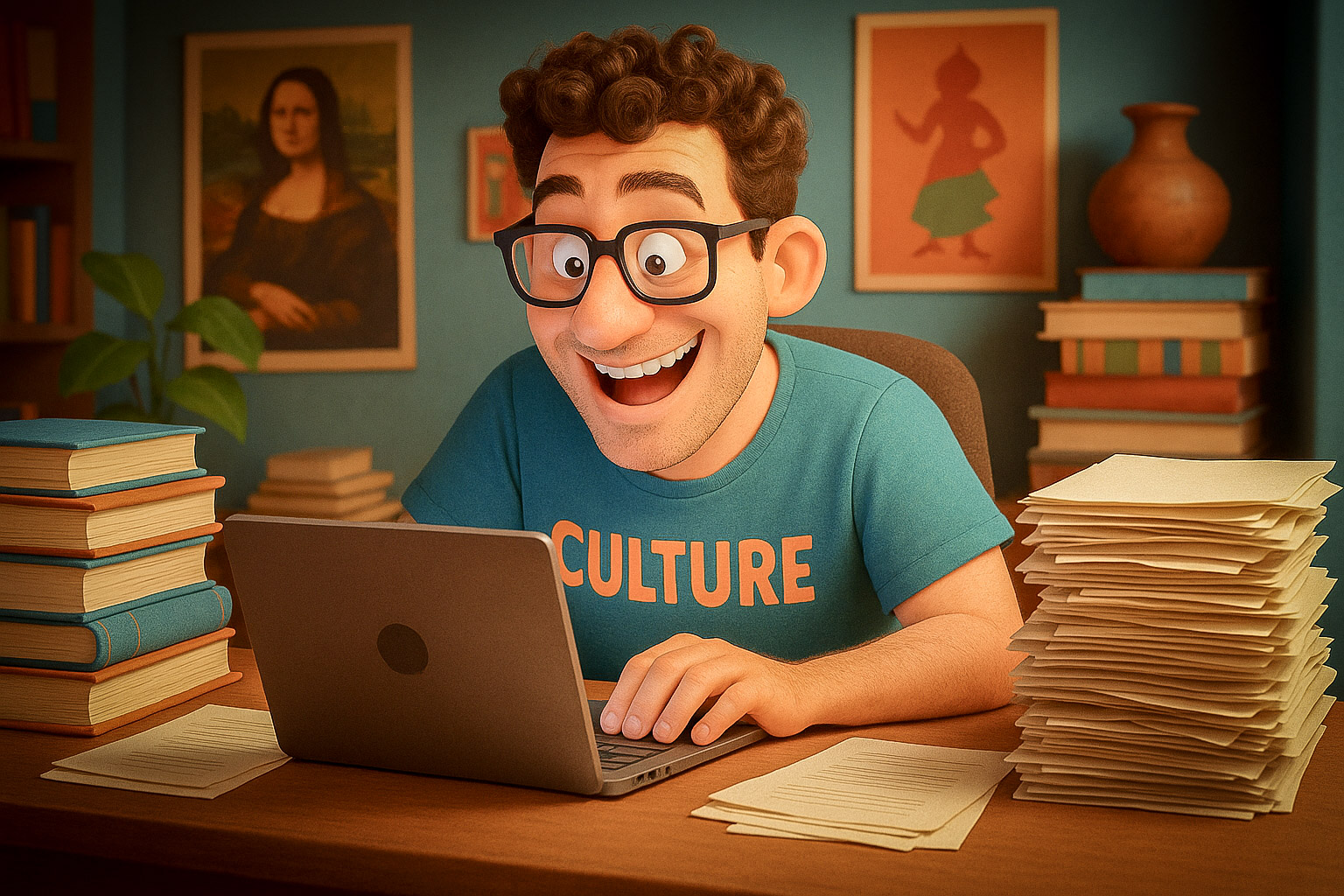
Design. Build. Launch. No Code Needed.
From portfolio websites to full webshops – Elementor lets you build custom WordPress sites visually, fast and beautifully. Join 14M+ users who choose freedom, flexibility, and full design control.
A child raised in a culturally rich environment doesn’t just become bilingual. They learn to shift perspective, to read the emotional tone of a room, and to decode the world in layered ways. This skill — what psychologists call “theory of mind” — is especially pronounced in children accustomed to navigating between different cultural norms. Studies show such children often display deeper empathy and stronger collaborative skills from an early age.
But it’s not just about children. In today’s globalised job market, the ability to understand and cooperate across cultures is essential — not just a matter of etiquette, but of innovation. When people from diverse backgrounds bring their mental models into shared space, new insights emerge. Cognitive scientist Lars Hansen describes this as the moment where culture “re-creates itself” — a dynamic process in which difference becomes the engine of creativity (Hansen, 2003).
In an age where information flows faster than thought, our mental landscapes grow flickering and fragmented. Culture becomes an internal compass — a structure we use to filter, prioritise, and make sense of social reality. Psychologist Robert Gifford notes that cultural belonging isn’t just social — it’s cognitive. Shared symbols, routines, and norms reduce the mental load of everyday life and allow learning to flourish, especially in collective settings (Gifford, 2009).
The Easiest Way to Stay GDPR-Compliant
This is especially evident in learning environments. When children move within communities where cultural patterns can be recognised and understood, they become better at collaboration and shared learning. Not because they are the same, but because they can navigate a common framework — a kind of social grammar. In this way, culture is not just content — it is method.
That shared framework — where children develop keys to understanding each other — has led researchers to rethink the very relationship between the individual and society. Because if we learn to think together, what does that tell us about how we should live together?
Sociologist Nadine Ajrouch speaks of “the cultural thread” — weaving individual experiences into larger patterns from which policy and pedagogy can be meaningfully shaped. When we understand how culture connects the micro-level of personal development with the macro-level of societal structure, we gain the tools to design education and policy that make a real difference (Ajrouch, 2015).
Culture, then, is not background noise. It is architecture. It is bridge. It is the invisible scaffold we climb each time we try to understand ourselves — and one another. In a world where difference is often weaponised, research offers a quieter insight: it is in difference that our shared strength resides. Like a mosaic that would mean nothing without its many colors.
We each carry mental maps drawn by our languages, memories, and the landscapes we grew up in. When those maps are laid side by side, they do not create confusion — they reveal a pattern. A whole composed of difference. And in that moment, a deeper kind of knowing unfolds:
We do not become less ourselves by opening to others. We become more.

